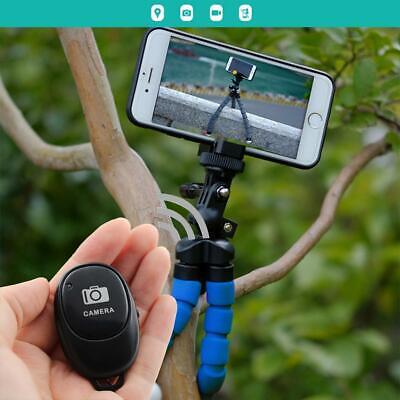- Messages
- 1,387
- Edit My Images
- Yes
This last part is so trueIt's sharp for it's day, but you'd get a lot more detail (and apparent sharpness) with something like a 5DS these days; you'd see virtually every skin pore and tiny hair that was in focus. Would that have significantly improved that photo though? I very much doubt it! And that's the point I was making.
The sharper things are and the more detail/resolution, the more spot on you have to be with your focus point when using a shallow depth of field, as a couple of millimetres either way can become critically apparent... so buying the latest high resolution camera and technically excellent lenses can actually make you appear a worse photographer, not a better one! So be careful for what you wish for!
I had a Nikon D5100 (beginner range) and sigma 70-200 plus others, I decided to jump to a Nikon D500 (best Nikon crop) and I was gutted, spent all my wedge on a nice new body, so decided the lens was letting it down, splashed out in n the latest Nikon 70-200 2.8 and it just got worse.
I mean they weren’t bad but I was looking at old pics with my £250 body and £75 lens and new £1500 body and £2500 lens and thinking what a complete waste of money.
but then you realise the old gear hid a lot of my bad habits and poor ability.
now I’ve learnt and I had to really work hard, it’s fine but I still get far less keepers with the D500 Than I did with the D5100, and all down to me.



 Thanks for the explanation of your method. I like the way you've worked out the mechanics of how hand tremor is activated from intent of a given action and how you found what looks like a very effective way with your photography to reduce it by using both fingers and the chest pod. I must say, I've heard of monopods but never knew there was such a thing as a chest pod!
Thanks for the explanation of your method. I like the way you've worked out the mechanics of how hand tremor is activated from intent of a given action and how you found what looks like a very effective way with your photography to reduce it by using both fingers and the chest pod. I must say, I've heard of monopods but never knew there was such a thing as a chest pod! 

